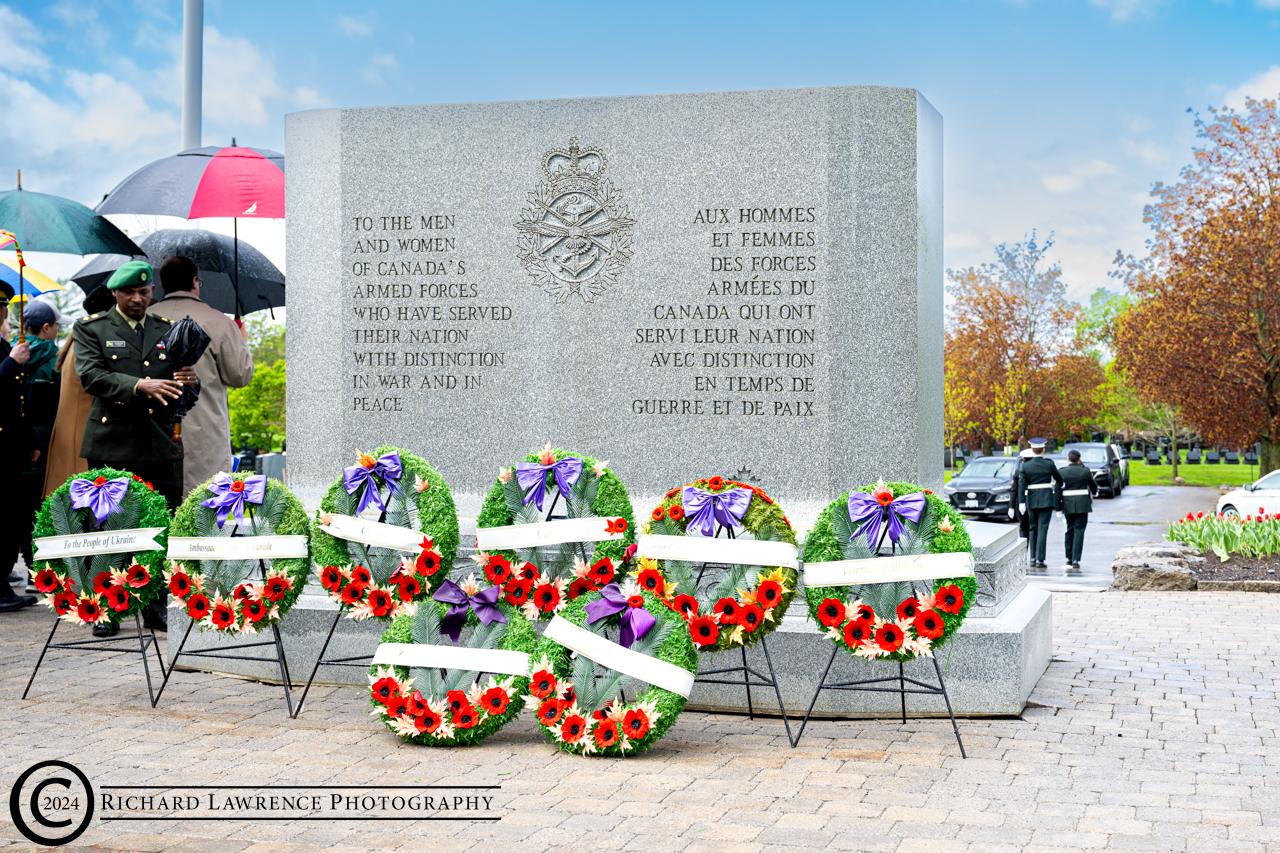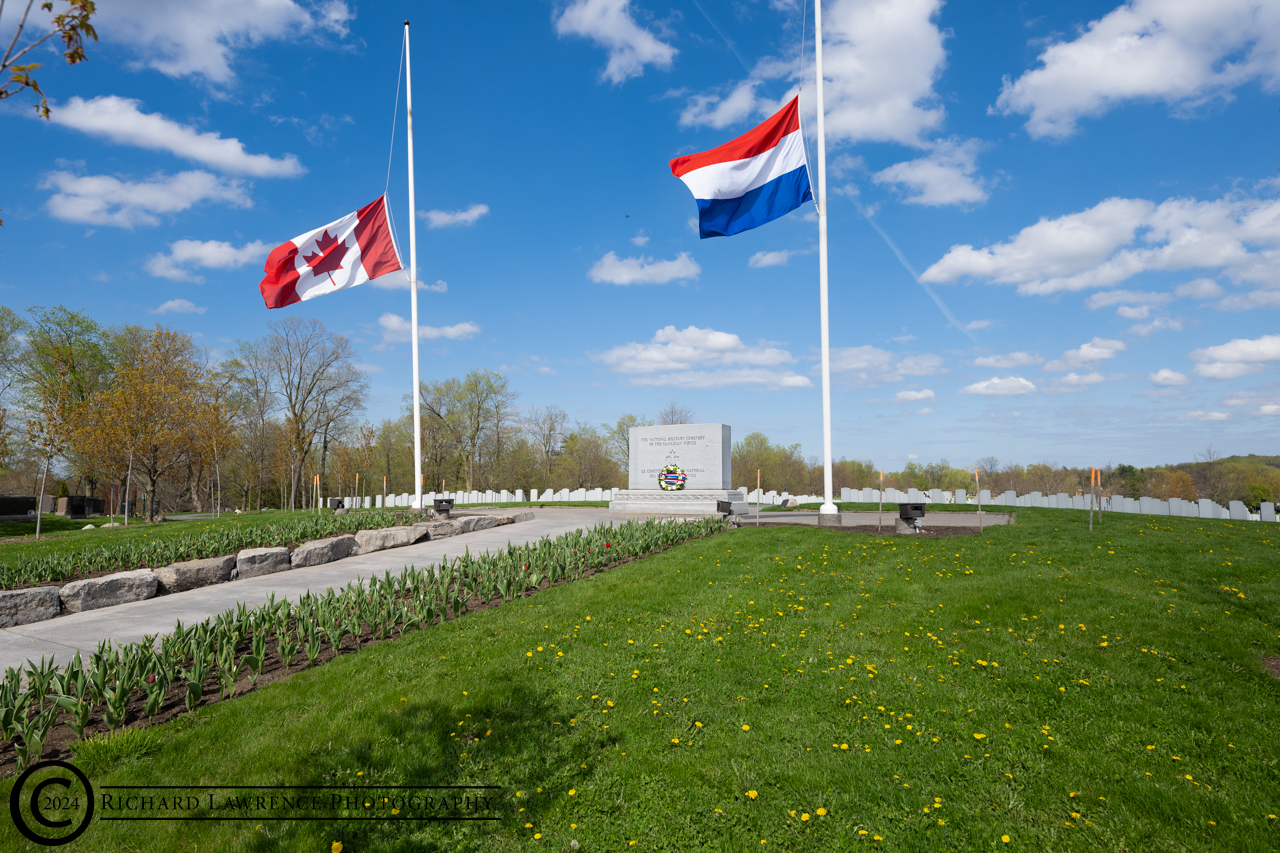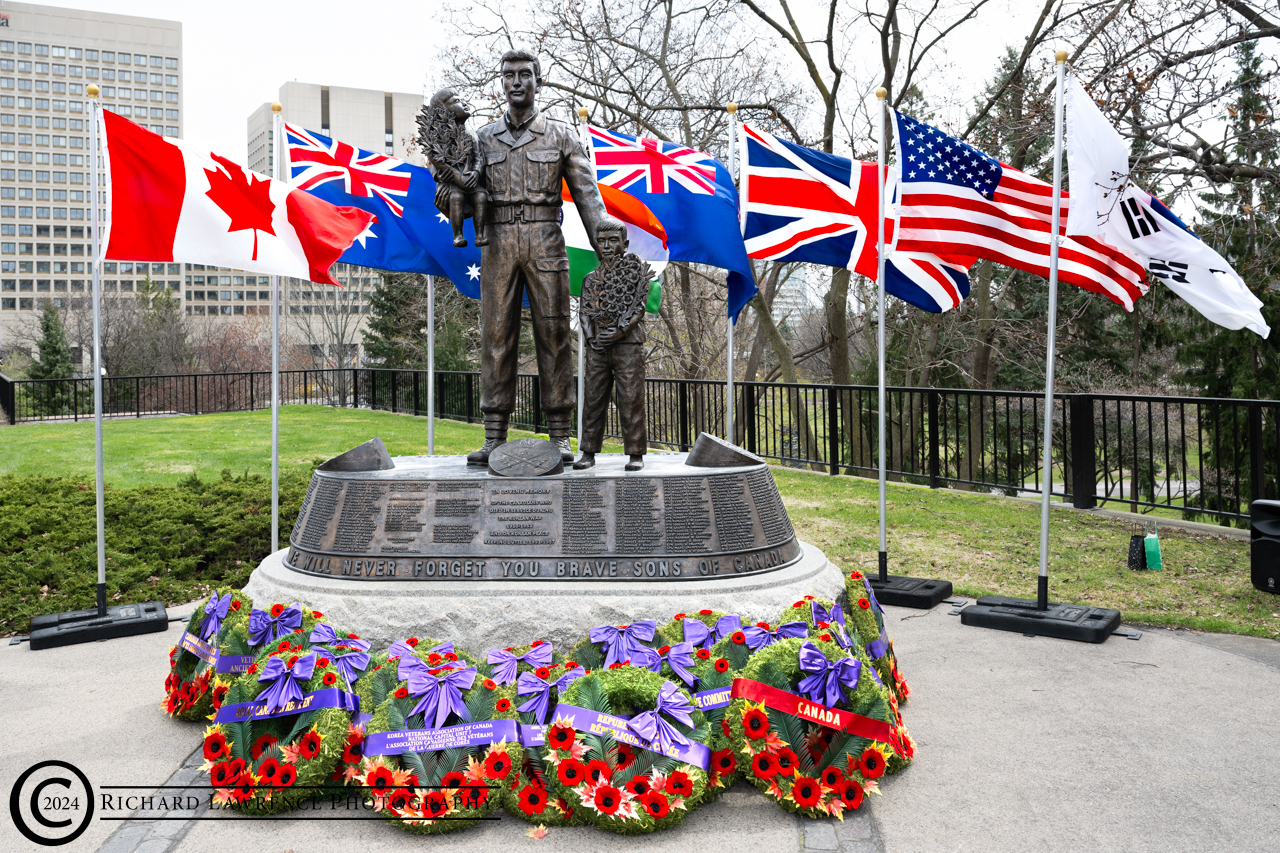“We honour all those who gave the supreme sacrifice, but we also honour those who, daring to die, survived.”
These were the parting words from Mr. Jack Callowhill, WWII veteran and member of the First Special Service Force (FSSF), at the Canadian War Museum on Wednesday, 22nd November, 2018, where the replica Congressional Gold Medal, awarded to the FSSF in 2015, was unveiled in a display to the Devil’s Brigade. Speaking at the ceremony were Mr. Walt Natynczyk, Deputy-Minister of Veterans Affairs, Colonel Steve Hunter, Director of Special Operations for CanSOFCom, and a military member of US Special Forces attached to the US Embassy and in attendance were three members of the original 1942 FSSF: Mr. Jack Callowhill (95), Mr. Jim Summersides (94), and Mr. Ralph Mayville (97).
The First Special Service Force, better known as the Devil’s Brigade because of the 1968 movie of the same name, was a unique organization pulled together from elite Canadian soldiers and American troops who volunteered to train for winter/mountain guerilla warfare behind enemy lines in Norway, specifically for Operation Plough. The unit was activated on 9th July, 1942, as three small regiments and a service battalion with the second in command (LCol. McQueen), half the officers, and one-third of the men being Canadian, and eventually came under the command of the US Fifth Army.
On the Canadian side, the Minister of National Defence, James Ralston, authorized 697 officers and men be trained under the guise of becoming the 1st Canadian Parachute Battalion as the FSSF was a secret at that time. In late 1943 Operation Plough was abandoned and the FSSF was sent to Italy in November where they would undertake their first operation with the attack on Monte La Difensa and Monte La Remetanea. These two peaks were part of the Bernhardt Line, a bulge in the Gustav Line of German defenses which crossed Italy and had stymied the Allies.
Monte La Difensa was no easy assault as the Germans were positioned and dug in on the mountain top and commanded all approaches. After careful reconnaissance, it was decided that the only way to successfully attack the position was the scale the almost vertical face of the mountain and attack with surprise. To that end, on 1st December, the 2nd Regiment was trucked to within six miles of the mountain where they disembarked and marched six more hours to the mountain base. After one nights rest the 2nd Regiment of 600 men began the ascent at dusk as the mountain was barraged by artillery to give them some cover, albeit they were under fire as well. By midnight they started the ascent of the final cliff of 1000 feet straight up, in the freezing rain, tied to each other. Once on top, they positioned themselves for the final assault to start at 0600 hours but they were discovered earlier and the fight was on. The attack was expected to last 4-5 days but within two hours, Monte La Difensa was secure in FSSF hands.
This was not the end but only the start of the Italian Campaign for the FSSF. Through the next year they fought 22 battles in Italy, France, Germany, and the Aleutians , never losing a battle or pulling back, once spending 99 days without relief on the Anzio Beachhead. They compiled a 25:1 kill ratio and captured over 25,000 prisoners even though, at its very best, FSSF strength was less than 2,000. That kind of success does not come without its losses as the FSSF lost 576 killed with a casualty rate of 134% (many soldiers were wounded more than once accounting for the greater than 100% figure) in its two year history. The FSSF was disbanded on 5th December, 1944.
In 2015 the United States Congress passed a bill that conferred the Congressional Gold Medal, the highest award that can be given to civilians by Congress, to the First Special Service Force. A single medal was awarded to the group and remains at Fort Bragg in the USA while bronze duplicates were allowed to be made for 16 surviving members of the Devil’s Brigade. Mr. Don Shelton, President of the First Special Service Force Association, donated a gold plated duplicate of the medal to the Canadian War Museum earlier this year.
As Col. Hunter, Director of Special Operations, noted, the FSSF was the foundation for contemporary special operations forces with the Canadian Special Operations Regiment (CSOR) tracing direct linage back as well as American special forces groups such as the Green Berets. The US Special Forces representative noted that it normally takes decades for organizations to achieve such levels of competence and that the FSSF should “ … reach such a level of excellence in such a short time is nothing short of amazing.”
The medal is on display in Gallery 3 (World War II) with the Devil’s Brigade display just after you pass under the Spitfire.
To see all the pictures CLICK HERE
=================================================



















